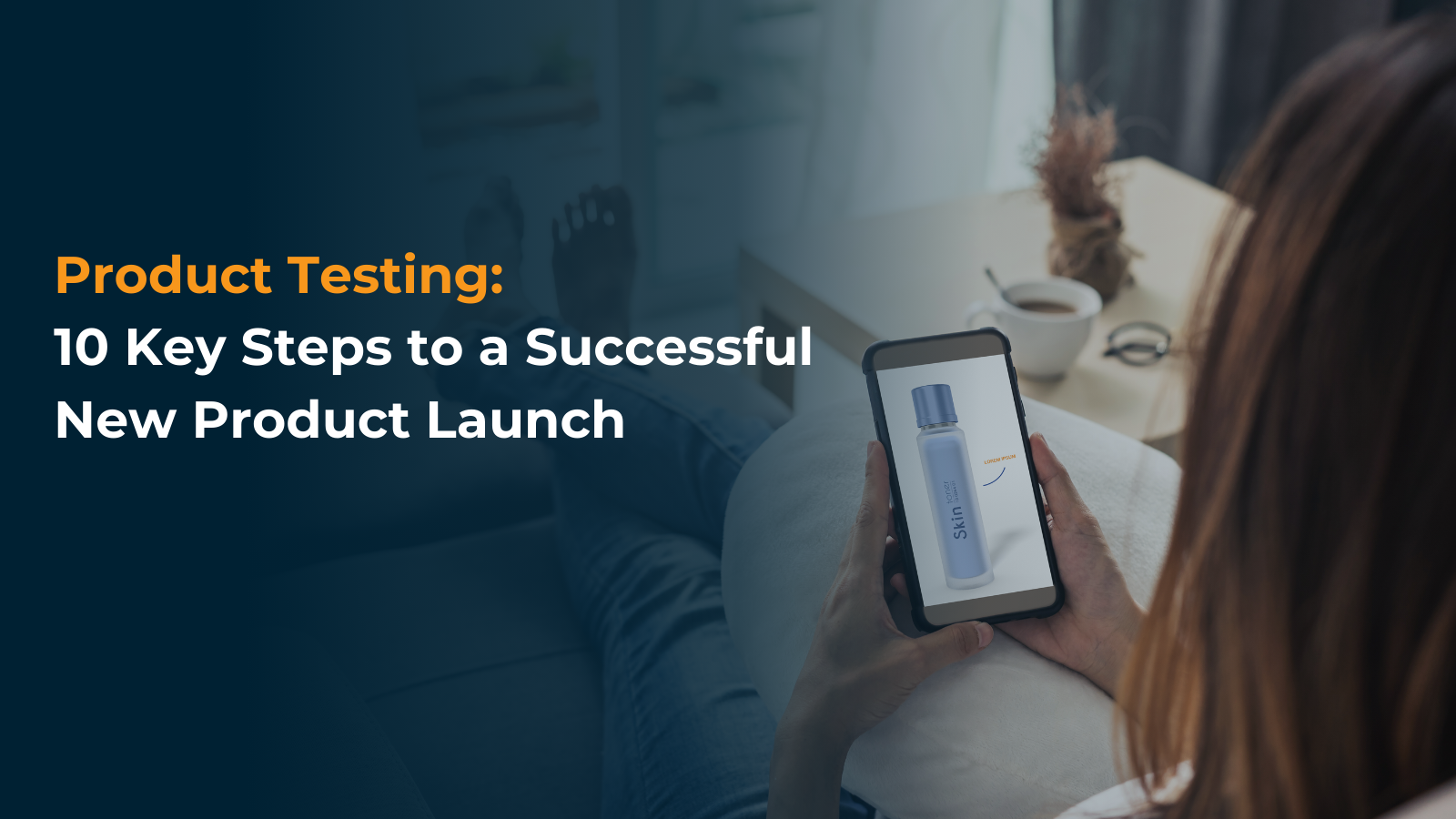The Power of Blending Quantitative and Qualitative Market Research

You’ve probably heard the parable of the blind men and the elephant. As the story goes, each man reaches out and touches a different part of the elephant—its ear, trunk, leg, and so on—and each reaches a completely different conclusion about what the elephant is.
The point of the story is that one person’s viewpoint can be true, but it’s limited to their own experience, and other people may have completely different views based on their own valid experiences. It’s only when you combine multiple people’s perspectives that you get a true sense of the whole picture.
The same thing happens in market research – it takes more than one perspective to get to the truth. That’s why researchers turn to both quantitative and qualitative research methods to learn how to improve their products. But the real magic happens when companies blend both types of research to fully understand their consumers’ perspectives.
Let’s examine both quantitative and qualitative research separately and then turn to how those methods can be combined to yield actionable insights.
Quantitative Research: Just the Facts, Ma’am
Quantitative research deals with numbers and figures. It returns hard data about what consumers do with products and how they use them. How many times a day do they rinse with mouthwash, and how much do they use at a time? Quantitative researchers gather this data by distributing surveys and questionnaires to study subjects and analyzing product sales data to infer consumption usage data.

On the plus side, quantitative research is fairly quick and cost-effective to conduct, and it can yield robust data sets.
But while hard numbers are valuable, quantitative surveys are inherently limited by their timing. They ask people to think back on their actions—which are likely to be routines or patterns that are driven more by habit than by conscious thought—and report on their behavior. Because we’re all only human, study subjects may not recall their behaviors accurately. And surveys rely on closed-ended questions to produce neat results, so subjects don’t have the opportunity to explain their answers.
So, how do researchers figure out what the numbers in those data sets mean? They turn to qualitative research.
Qualitative Research: The Story Behind the Facts
Qualitative research reveals the meaning behind the raw data. Qualitative studies generally involve subjects interacting with products in a research office. By directly observing how people interact with a product, researchers can gain a deeper understanding behind their preferences. And because the researchers are there with the study subjects, they can explore those preferences with open-ended questions.
For example, a focus group study could start by asking subjects to try different hand wipes and rank them from most to least favorite. The research team could then explore those results by asking subjects why they chose each ranking. Was it the fragrance of the wipe? Its texture? The way it left their skin feeling afterward? Or something else entirely?
Qualitative research helps researchers develop new ideas and explore the nuances of feelings and motivations that drive consumer opinions and behavior. It also allows researchers to follow up with subjects and develop deep insights into their actions in real-time.

But it isn’t perfect. For one thing, qualitative research generally occurs in an artificial setting. Study subjects don’t usually prepare a bowl of breakfast cereal in an unfamiliar office at 6 p.m. with a team of people watching them. They may unconsciously change their behavior to reflect the unnatural setting or in response to the subtle cues of the researchers.
Another disadvantage with qualitative studies is that they can be costly and take longer to conduct and interpret. And it can—as with the blind men and the elephant—be difficult to draw conclusions from one person’s experience.
Combining Quantitative and Qualitative Research for Deeper Insights
So, if quantitative research yields raw data without explanations or context and qualitative research provides the feelings, stories, and motivations underlying product usage but lacks the power of numbers, what happens when you blend the two approaches?
Magic, that’s what.
Researchers can start by developing a hypothesis about what consumers want using a qualitative approach like a focus group. They could then test their hypothesis using a quantitative survey to see if the numbers support their theory. Or they could run a survey first to ask what people think they want and then see how people respond to those ideas in an online or in-person focus group study.
But even when you unite quantitative and qualitative approaches, there’s a disconnect between research and the real world. Traditional quantitative and qualitative research studies rely on after-the-fact recollections and artificial constructs to try to unearth what real people do with real products in natural environments, but it’s difficult for that to yield reliable insights.
QualSights takes a different approach. We use a revolutionary technology to provide quantitative product consumption usage data, right down to the gram, from actual consumers in their own homes. And with our Mobile Qualitative Platform, you can ask those same users deeper research questions at the moment of product use, filling in the meaning behind the numbers. That means you get the true story about why a consumer uses one product over and over while another version sits idle on the countertop.
Interested in learning more? To see how QualSights combines quantitative and qualitative research with real consumers in their own homes, schedule your demonstration today.
 Research Industry Insights
Research Industry Insights 

